The pursuit of health and wellness has led to a surge in the popularity of natural supplements, among which Sea Moss Gel has emerged as a standout product. Revered for its rich nutrient profile and versatile use, Sea Moss Gel has captured the attention of health enthusiasts worldwide. This rise in popularity is not just a trend but a reflection of a growing awareness and preference for natural, plant-based supplements.
Globally, the cultivation of seaweed, the primary ingredient in Sea Moss Gel, has become a significant industry. This industry not only contributes to the health sector but also plays a crucial role in environmental sustainability. The global perspective on seaweed cultivation reveals a diverse range of practices, influenced by geographical, environmental, and cultural factors.
As we delve into the world of Sea Moss Gel, it's essential to understand its primary component – the seaweed known as Sea Moss. This exploration will provide insights into why Sea Moss Gel is highly valued in the health supplement market and how its cultivation varies across different regions, including the potential within China.
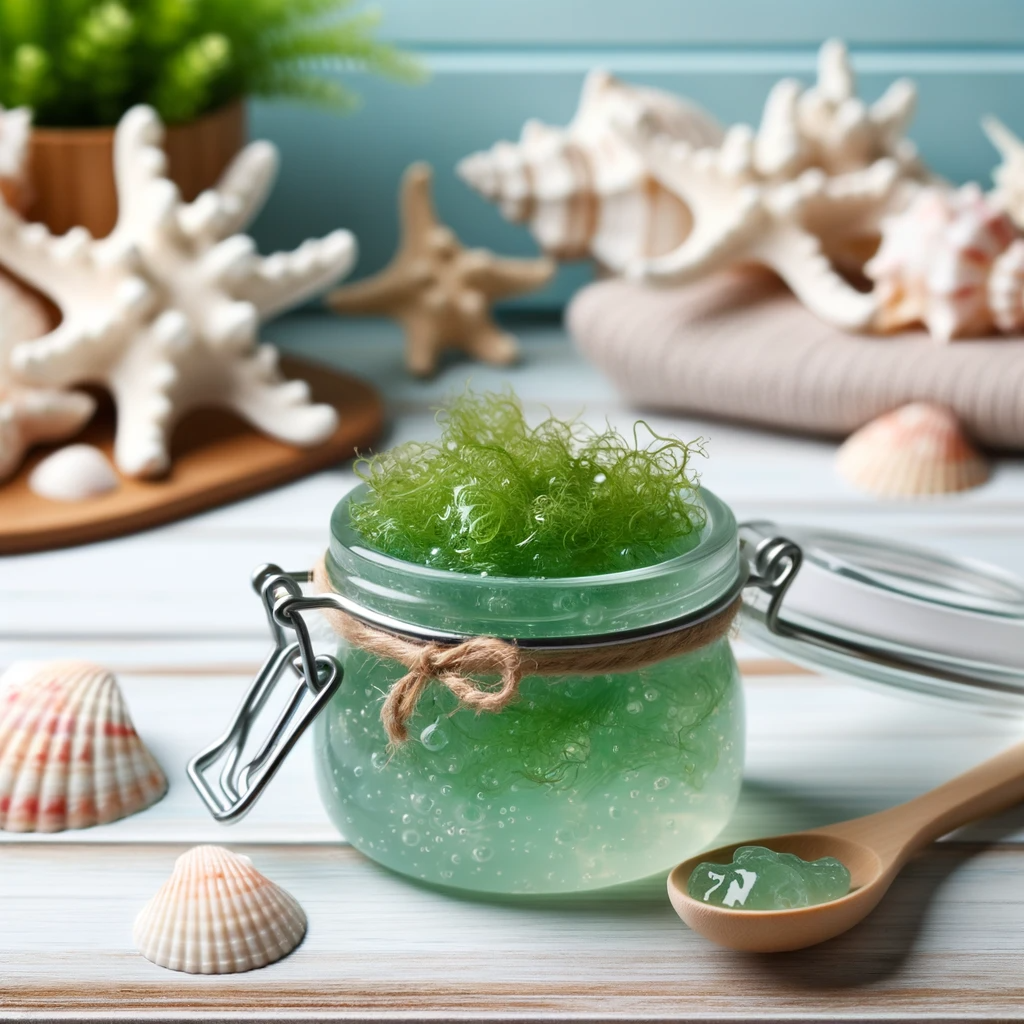
1. The Main Ingredient of Sea Moss Gel: Sea Moss
1.1 Defining Sea Moss
Sea Moss, scientifically known as Chondrus crispus and commonly referred to as Irish Moss, is a type of red algae found primarily in the Atlantic coastlines of Europe and North America. It thrives in the rocky parts of the Atlantic coast, making it abundant in regions like Ireland – hence the name Irish Moss. This seaweed is known for its unique, fan-like appearance, varying in colors from greenish-yellow to red to dark purple.
1.2 Characteristics of Sea Moss
Sea Moss is celebrated for its versatility and nutrient density. It is a natural source of vitamins (like Vitamin C and B-vitamins), minerals (including iodine, calcium, potassium, and zinc), and other beneficial compounds like carrageenan, which is used as a thickening agent in foods. Its ability to absorb moisture and its high mineral content make it an excellent ingredient for skincare products as well.
1.3 The Nutritional Value and Health Benefits of Sea moss
Sea moss, particularly seaweed, is celebrated as a superfood, with its unique nutritional profile and health benefits making it a sought-after product in the global health food market. Here are the key nutritional values and health benefits of seaweed, supported by scientific research.
A. Rich in Vitamins and Minerals
Seaweed is a natural source of a variety of vitamins and minerals. It contains an abundance of vitamins A, C, E, and B vitamins, as well as minerals like calcium, magnesium, potassium, iron, and iodine. These nutrients are crucial for maintaining health and preventing diseases. For instance, a study published in the Journal of Food Science and Nutrition highlights that seaweed is an important source of iodine, essential for proper thyroid function.
B. Antioxidant and Anti-inflammatory Properties
Seaweed is rich in antioxidants such as flavonoids and polyphenols, which help neutralize free radicals and reduce oxidative stress. These antioxidant actions are associated with a reduced risk of chronic diseases. A study in the Journal of Nutrition indicates that antioxidants in seaweed can help reduce inflammation and the risk of chronic diseases.
C. Promotes Digestive Health
Seaweed is a good source of dietary fiber, particularly soluble fibers like alginates. These fibers help promote gut health and improve digestion. Research in the American Journal of Clinical Nutrition found that dietary fiber in seaweed can promote a healthy gut microbiome.
D. Cardiovascular Health
Certain components in seaweed, such as omega-3 fatty acids and flavonoids, are beneficial for cardiovascular health. They help lower blood pressure and cholesterol levels, reducing the risk of heart diseases. A study in the Journal of Cardiovascular Pharmacology suggests that omega-3 fatty acids in seaweed have potential benefits in preventing cardiovascular diseases.
E. Supports the Immune System
Nutrients in seaweed, like vitamin C and zinc, are crucial for enhancing immune system function. These components help improve the body's resistance to infections. Research in the Journal of Immunology shows that certain compounds in seaweed can enhance the function of immune cells.
F. Aids in Weight Management
The dietary fibers and proteins in seaweed help promote satiety, aiding in weight management. A study in the Journal of Nutrition indicates that seaweed intake is associated with weight control and weight loss.
1.4 Irish Moss vs. Other Varieties
While Irish Moss is the most renowned, there are other varieties of Sea Moss, each with unique characteristics. For instance, Sea Moss from the Caribbean region, often labeled as Gold Sea Moss, is lighter in color and has a different texture compared to the Irish variety. The nutritional content can also vary slightly based on the water quality and environmental conditions where it's harvested.
Irish Moss is often considered superior due to its consistent quality and nutrient profile. However, this does not diminish the potential of other varieties, which can offer similar health benefits and may be more accessible or sustainable in certain regions, like in parts of China.
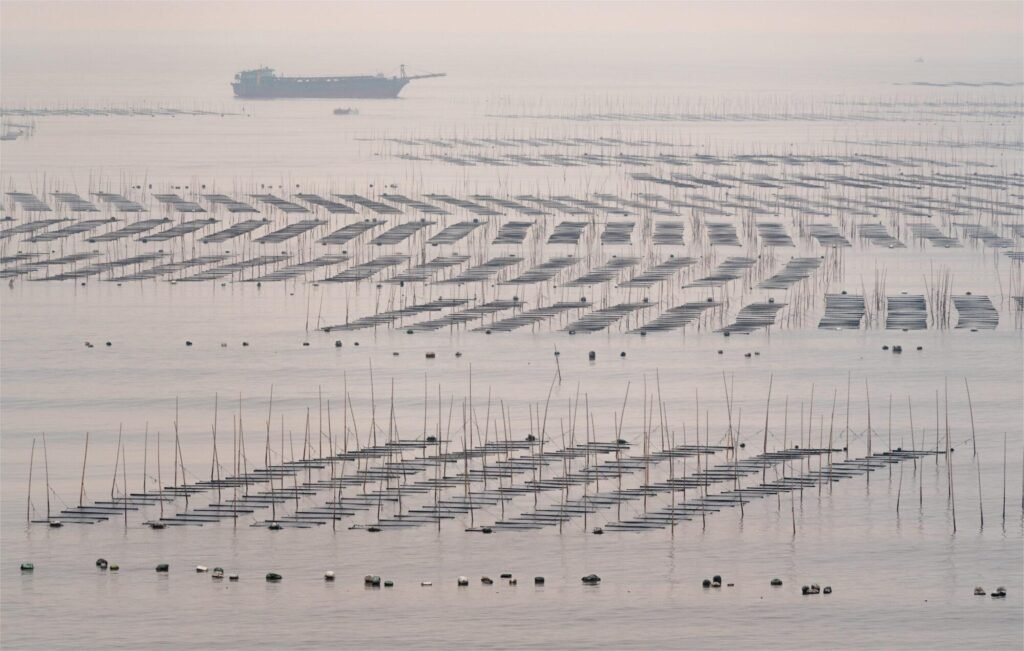
2. Global Characteristics of Seaweed Cultivation
A. Diversity in Species
The global seaweed industry is marked by a rich diversity of species, each adapted to specific climatic and marine conditions. This diversity extends beyond just Sea Moss to include kelp, nori, and wakame, among others. The choice of species for cultivation often depends on local environmental conditions, market demand, and the nutritional or industrial value of the seaweed.
B. Cultivation Methods
Seaweed cultivation methods vary globally, ranging from simple, artisanal techniques to sophisticated, large-scale operations. Traditional methods often involve growing seaweed on ropes or nets in suitable coastal waters, while more advanced techniques may include aquaculture systems that allow for controlled growth conditions and higher yields.
C. Environmental Impact
Seaweed cultivation is lauded for its minimal environmental impact compared to terrestrial farming. It requires no arable land, freshwater, or fertilizers, making it a sustainable and eco-friendly practice. Moreover, seaweeds like Sea Moss play a role in carbon sequestration and improving marine biodiversity.
D. Geographic Distribution
The cultivation of seaweed is heavily influenced by geographic location. Regions like East Asia (China, Japan, Korea) are known for their extensive seaweed farming, primarily due to favorable coastal conditions and a long-standing cultural acceptance of seaweed as food. In contrast, areas like the North Atlantic (including Ireland) focus more on specific varieties like Sea Moss, driven by both environmental suitability and market demand.
E. Economic Significance
Globally, the seaweed industry is not just a health trend but a significant economic contributor. It provides livelihoods to coastal communities and is a growing sector in international trade. Countries like China and Indonesia are leading producers, exporting seaweed to markets worldwide.
F. Quality and Safety Standards
Quality and safety are paramount in seaweed cultivation, with standards varying by region. In Europe and North America, stringent regulations ensure that seaweed products like Sea Moss Gel are free from contaminants and adhere to safety guidelines. In Asia, while standards are equally high, the focus is often on volume and efficiency, with an increasing emphasis on quality as global demand rises.
G. Research and Development
The seaweed industry benefits from ongoing research and development, which aims to improve cultivation techniques, increase yields, and enhance the nutritional value of seaweed. This research is crucial in adapting to climate change and ensuring the sustainability of seaweed farming practices.
H. Challenges and Opportunities
Seaweed cultivation faces challenges such as climate change, water pollution, and competition for marine space. However, these challenges also present opportunities for innovation in cultivation methods and the exploration of new markets, such as bioplastics and pharmaceuticals, where seaweed can play a crucial role.
This global overview of seaweed cultivation highlights the complexity and diversity of the industry. It sets the stage for understanding the specific context of Sea Moss cultivation in China, which will be explored in the following sections. The potential for local cultivation of Sea Moss in China could be a game-changer for the Sea Moss Gel market, offering a sustainable and economically viable alternative to importing Irish Moss.
3. The Potential and Challenges of Seaweed Cultivation in China
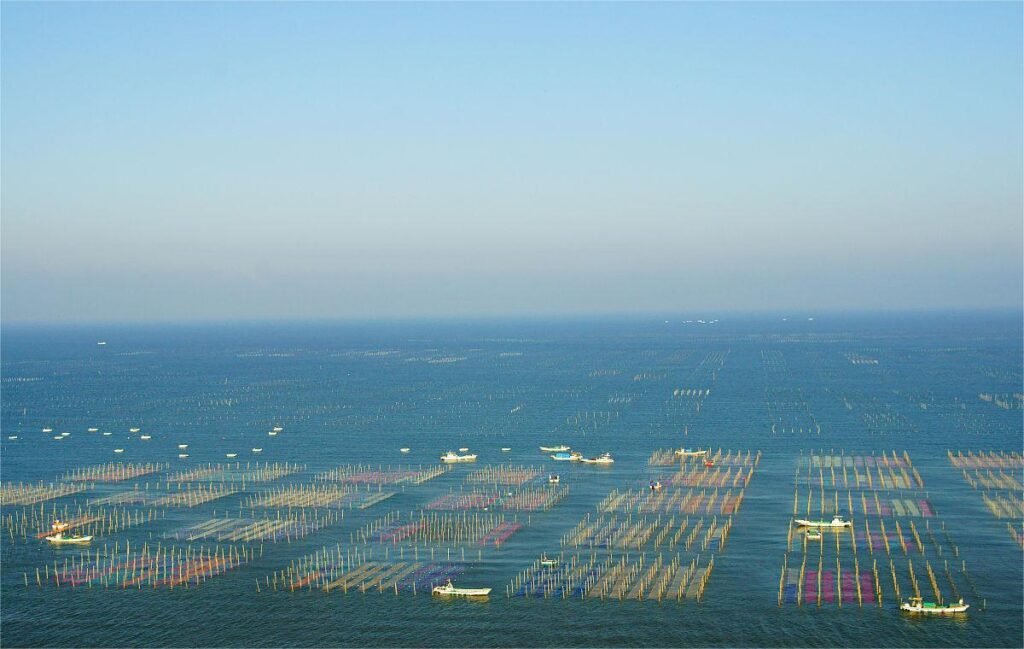
A. China's Coastal Advantage
China's extensive coastline, spanning over 14,000 kilometers, presents a significant advantage for seaweed cultivation. This vast coastal area, especially in regions like Shandong, Fujian, and Guangdong, offers diverse marine environments suitable for various seaweed species, including those akin to Sea Moss. The natural conditions in these areas, such as water temperature, salinity, and light exposure, are conducive to seaweed farming.
B. Historical Background and Expertise
China has a long history of seaweed cultivation, with techniques dating back centuries. This historical background has led to a deep reservoir of knowledge and expertise in seaweed farming. Chinese aquaculturists have honed their skills in cultivating species like kelp and nori, which can be adapted to cultivate Sea Moss varieties.
C. Government Support and Policies
The Chinese government has recognized the economic and environmental potential of seaweed cultivation. Policies and incentives aimed at promoting sustainable aquaculture practices have been implemented. These include subsidies for seaweed farmers, research grants for cultivation technology, and initiatives to protect coastal ecosystems, all of which can be leveraged to boost Sea Moss cultivation.
D. Technological Advancements
China is at the forefront of technological innovation in aquaculture. Advances in cultivation techniques, such as integrated multi-trophic aquaculture (IMTA) and automated harvesting systems, can be applied to Sea Moss farming. These technologies can increase yield, improve quality, and reduce labor costs, making domestic Sea Moss cultivation more competitive.
E. Market Demand and Economic Viability
The demand for seaweed products, including Sea Moss Gel, is on the rise in China, driven by increasing health consciousness and the popularity of natural products. This growing market demand presents a significant economic opportunity for local Sea Moss cultivation, potentially reducing reliance on imports and fostering a self-sustaining industry.
F. Quality Control and International Standards
To compete globally, Chinese Sea Moss products must meet international quality standards. This requires stringent quality control measures, from cultivation to processing. Ensuring that Sea Moss Gel produced in China adheres to these standards will be crucial for gaining consumer trust and accessing international markets.
G. Environmental Sustainability
Sustainable practices are essential for the long-term success of seaweed cultivation in China. This includes addressing environmental concerns such as water pollution, ecosystem disruption, and the impact of climate change. Developing eco-friendly cultivation methods that preserve marine biodiversity while producing high-quality Sea Moss is a key challenge.
H. Overcoming Challenges
China faces several challenges in expanding its seaweed cultivation, including competition for marine space, balancing economic growth with environmental protection, and adapting to the specific requirements of Sea Moss cultivation. Addressing these challenges will require coordinated efforts between government, industry, and research institutions.
The potential for Sea Moss cultivation in China is vast, offering an opportunity to establish a robust, sustainable industry that caters to both domestic and international markets. By leveraging its coastal resources, technological prowess, and government support, China can overcome the challenges and become a leader in the global seaweed industry, including the burgeoning market for Sea Moss Gel.
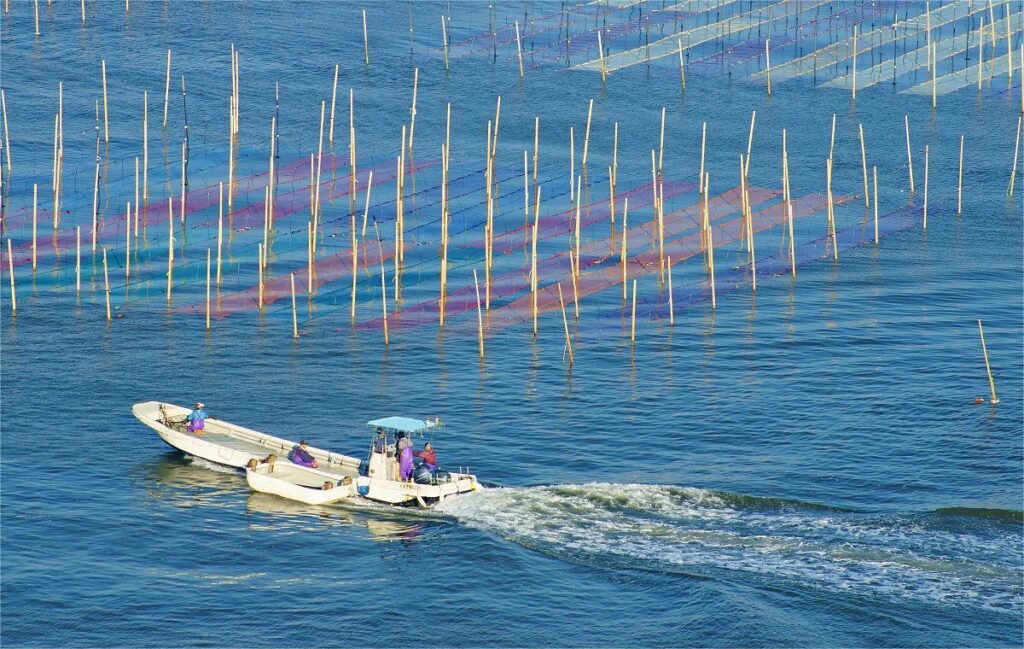
4.Sustainable Practices and Environmental Impact
4.1 Sustainable Cultivation of Seaweed
The cultivation of seaweed, a key ingredient in sea moss gel, has significant implications for sustainability and environmental health. Sustainable practices in seaweed farming are crucial for maintaining ecological balance and ensuring long-term viability.
A. Low Environmental Footprint: Seaweed cultivation is renowned for its minimal environmental impact. Unlike terrestrial farming, it requires no fresh water, fertilizers, or pesticides, making it a highly sustainable form of agriculture.
B. Carbon Sequestration: Seaweeds are efficient at absorbing carbon dioxide, playing a role in mitigating climate change. This process of carbon sequestration helps reduce the overall carbon footprint of seaweed-based products.
C. Biodiversity Preservation: Sustainable seaweed farming can enhance marine biodiversity. By providing habitats and nourishment for various marine species, these farms can contribute positively to ocean ecosystems.
D. Challenges in Sustainability: Despite its benefits, there are challenges to ensure sustainability in seaweed cultivation. Overharvesting and unregulated farming practices can lead to habitat destruction and other ecological imbalances.
4.2 Environmental Impact of Seaweed Farming
The environmental impact of seaweed farming extends beyond cultivation, encompassing the entire lifecycle of sea moss gel production.
A. Energy Consumption in Processing: The processing of seaweed into gel form requires energy, which can contribute to its environmental footprint. Employing renewable energy sources in this phase can significantly reduce this impact.
B. Waste Management: Efficient waste management during the harvesting and processing phases is crucial. Sustainable practices involve utilizing by-products and minimizing waste to reduce environmental impact.
C. Transportation and Distribution: The carbon footprint associated with the transportation of seaweed, especially when sourced from distant locations like Ireland, is a consideration for environmentally conscious consumers. Local sourcing and efficient logistics can mitigate this impact.
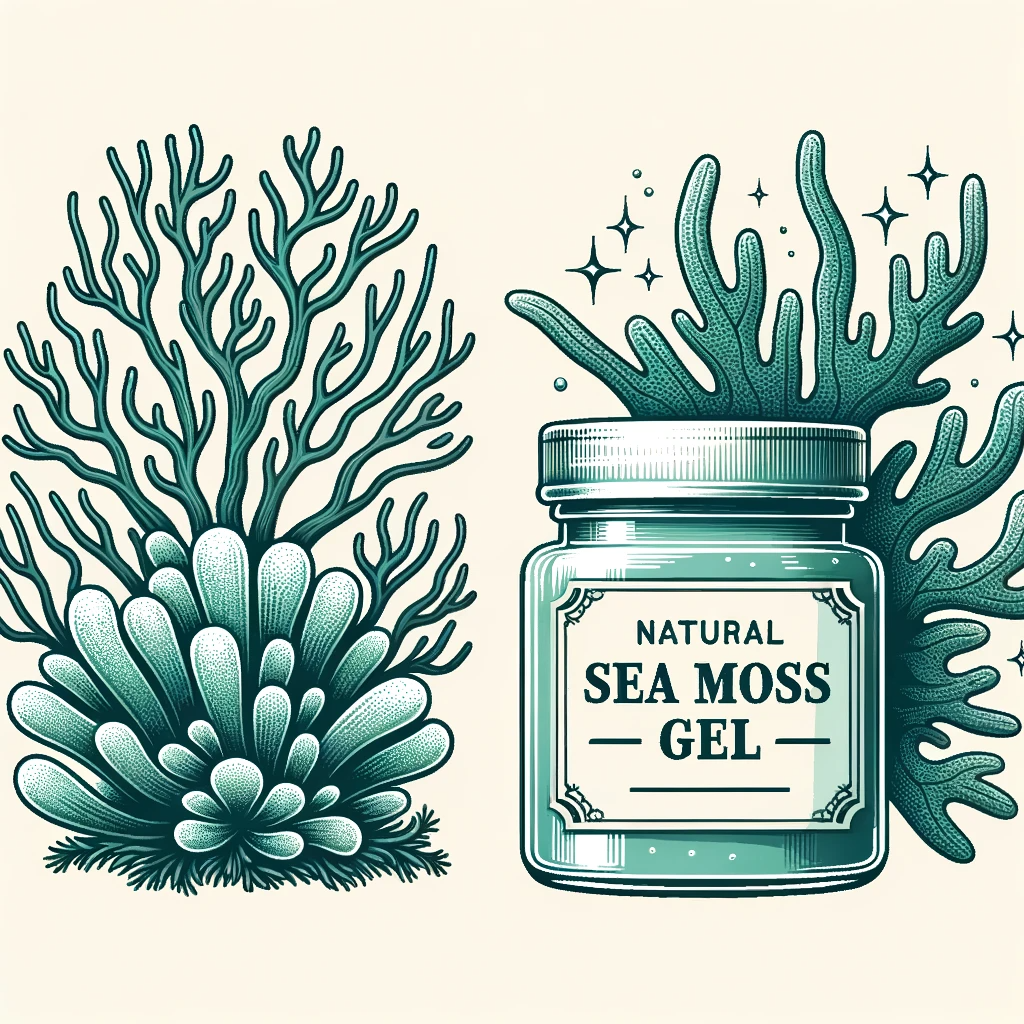
5.Market Trends and Consumer Preferences
5.1 Current Market Trends in Sea Moss Gel
The market for sea moss gel is influenced by several emerging trends, reflecting the evolving preferences and awareness of consumers.
A. Growing Health Consciousness: With an increasing focus on health and wellness, consumers are turning towards natural and organic supplements like sea moss gel for their perceived health benefits.
B. Demand for Transparency: Consumers are increasingly demanding transparency in the sourcing and production of health supplements. This includes clear labeling of origin, ingredients, and manufacturing processes.
C. Rise of Plant-Based Diets: The global shift towards plant-based diets has bolstered the popularity of sea moss gel, given its natural, vegan-friendly composition.
5.2 Consumer Preferences and Behavior
Understanding consumer preferences is key to tapping into the sea moss gel market effectively.
A. Quality over Price: Many consumers prioritize quality and purity over cost, especially when it comes to health products. This trend is evident in the willingness to pay a premium for high-quality, sustainably sourced sea moss gel.
B. Educated Consumers: Today’s consumers are more informed and research-driven, often seeking detailed information about the health benefits and nutritional value of supplements like sea moss gel before making a purchase.
C. Environmental Impact Awareness: An increasing number of consumers are making purchasing decisions based on the environmental impact of products. This trend underscores the importance of sustainable practices in seaweed cultivation and sea moss gel production.
6. Conclusion
As a leading player in the sea moss gel market, China is uniquely positioned to cater to the growing global demand for high-quality, sustainable health supplements. For international importers and wholesalers, particularly in North America and Europe, Chinese-produced sea moss gel represents an exceptional opportunity to diversify and enrich their product offerings.
For international businesses looking to capitalize on the health supplement trend, Chinese-produced sea moss gel presents a compelling option. It combines quality, sustainability, and innovation, backed by a reliable supply chain. As the world continues to embrace natural health products, China's sea moss gel stands out as a premium choice, poised to satisfy the health and wellness needs of consumers across the globe.


